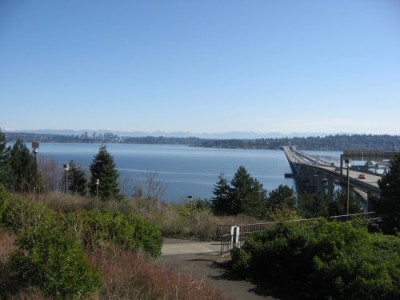October 18, 2013

In temperate and polar ecosystems we experience distinct growing seasons when plants accomplish the majority of their annual production and reproduction. The onset of this growing season in the spring is marked in terrestrial ecosystems by leaf and flower emergence and in lake ecosystems by the growth and reproduction of phytoplankton. In a study recently published in Ecology, Annika Walters and co-authors examined the timing of peak phytoplankton production in Lake Washington, Seattle, WA, USA. They looked at the timing for each phytoplankton taxa individually and for the entire phytoplankton community. When they looked at the phytoplankton community we saw a clear shift earlier. Peak phytoplankton production has shifted earlier by 63 days from 1962 – 2000. When they looked at the phytoplankton taxa individually they saw that only 58% shifted earlier. Even after they weighted each phytoplankton taxa by their relative abundance the species level shifts could not explain the community level shift. However, when they examined community composition they found the explanation. Taxa differ in their seasonal timing and early season taxa had become more abundant while some late season taxa were less abundant.
Several factors were driving these changes in timing and community composition. The first was improved sewage treatment which lowered the nutrient load of the lake. Once the lake was not nutrient rich, one group of phytoplankton (Oscillatoria sp. complex) that had been numerous during the period of high nutrient levels and had a distinct summer peak disappeared moving the community peak earlier. Climatic changes were also important; warmer temperatures are causing the lake to stratify earlier in the season and earlier onset of stratification is associated with earlier diatom blooms. Lastly, the addition of a new grazer to the system (Daphnia sp.) is associated with some shifts in timing and composition.
This research has provided a clearer picture of what has been occurring in the Lake Washington phytoplankton community. However, the most important finding from this research is documentation that shifts in community composition can have a large role in driving community phenology. There is an increasing use of remote sensing technology to document shifts in the timing of primary production. The assumption is that shifts in primary production are driven by individual species shifting earlier. This research shows that one also has to consider potential shifts in community composition.
The full paper was just published in Ecology and can be found here.
Photo: Lake Washington


